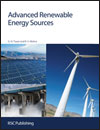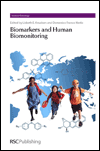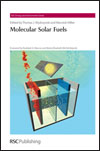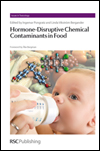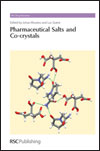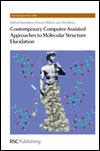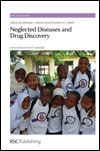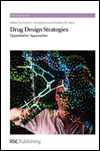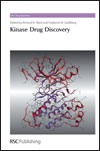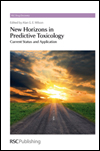Now Published!
Advanced Renewable Energy Sources
Written by G.N. Tiwari and R.K. Mishra
An adequate and secure supply of energy is essential in almost every aspect of our daily lives, but this needs to be achieved with minimum adverse environmental impact.
Advanced Renewable Energy Sources is an up-to-date and authoritative textbook on new technological and scientific developments in renewable energy sources. The book will be essential reading for senior undergraduates and/or postgraduates on elective energy courses in engineering, chemistry, physics and materials science.
Topics covered include a general introduction to advanced renewable energy sources, solar energy, photovoltaic and photovoltaic thermal systems, biofuels, biopower, hydropower, wind energy, geothermal, ocean thermal, tidal, wave and animal energy, the sustainable environment, energy and exergy analysis and the economics of renewable energy.


